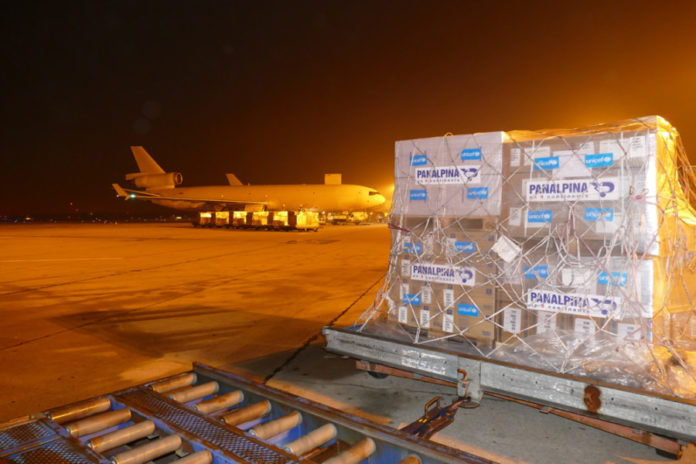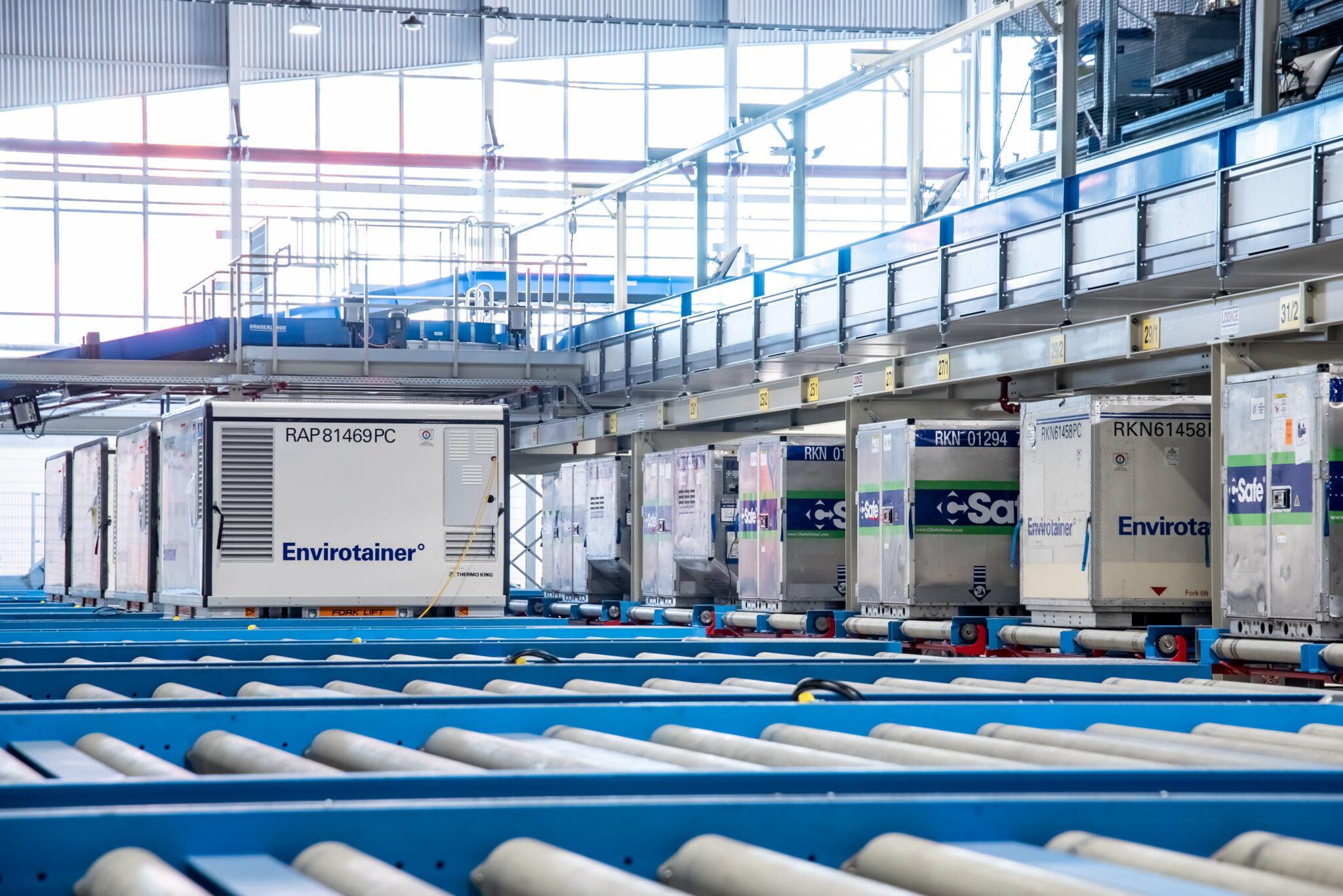

The air freight forwarders market is as competitive as ever, but how do analysts see the marketplace? David Craik writes.
Washington-based Airforwarders Association (AfA) executive director, Brandon Fried (pictured below) says the market in his opinion is “bullish”.
He explains that on a global basis it is looking better with volumes rising, adding: “But most forwarders I speak to say ‘Yes, business is good, but I wish I was making more money out of it!’ Yields are down because of capacity particularly on the US to Europe and Asia routes.”
Transport Intelligence economist, David Buckby is also generally enthusiastic about the marketplace. In 2016, he explains the airfreight forwarding market struggled for both volume and revenue growth and the data it has seen for the first quarter of this year is far more encouraging.
“Volumes are seeing robust year-on-year growth and yields are stabilising. Electronics are struggling but e-commerce is indeed driving growth as are perishables, such as food and pharmaceuticals.
“We are seeing an important trend in the longer-term rebalancing of Asian volumes. The export leg out of Asia used to dominate with insufficient cargo for the return leg, however the situation now appears to be more balanced, certainly for Asia to and from Europe,” Buckby adds.


Armstrong & Associates president, Evan Armstrong also identifies the Asia to Europe and US trade lanes as the main driver in the marketplace. “Take APEX Logistics International which in our studies we placed at Number 21 in the top 25 airfreight forwarders last year. It has benefitted hugely from cross-border e-commerce trade between China and the US after doing a lot of work with [clothing firm] American Eagle Outfitters,” he explains.
“Dimerco Express Group is also making good ground through working with [Chinese e-commerce firm] Alibaba in Asia. It is about having the right technology and focusing on pace of delivery. There is a lot more growth to come in e-commerce, on-time retailing and offering more integrated services such as warehousing.”
Buckby believes forwarders are responding to competitive threats from tech players such as Amazon. “In response to digital and instant freight quotation and booking platform start-ups we’ve seen forwarders respond by accelerating their own investment in digitisation, technology and automation,” he states.
“This will increasingly become a competitive differentiator among large forwarders but I highly doubt we will see any Uber-like disruption in freight forwarding.”
Fried believes every forwarder must ask themselves where they sit in the new growing world of e-commerce. Sometimes the answer is not as straightforward as it would seem.
“The forwarding niche is now centred around the big, bad and the ugly freight of TVs, fridges and patio furniture which are just as much part of the online infrastructure as the small packages,” he explains.
“You have to have top notch automation in this market. The customer wants visibility and to be able to see at what stage their shipment is progressing. They want quick problem resolution and don’t want a lot of human interaction. But some forwarders are just not investing in e-commerce and in fact are turning a blind eye to it.”
Another way of trying to stoke growth is through making strategic acquisitions. Buckby anticipates a continuation in the amount of consolidation seen recently in deals such as Panalpina and Airflo, Gefco and IJS and Geodis and OHL. “There has been a clear trend,” he states.
Armstrong picks up the point. “Acquisitions have been very helpful to the big players because when it comes to managing costs being bigger is better. Geodis for example has benefited from its OHL deal by cross-selling into its warehousing base. There is plenty of room for more consolidation and we will see more this year,” he says.
When it comes to further challenges Armstrong identifies the continued capacity issues which are “keeping a lid on margins” but also highlights growing economic concerns.
“We are seeing a slowdown in Chinese growth with more social economic challenges such as Brexit and the French elections potentially taking the lustre off Asia to Europe trade lanes,” he says.
This wider perspective is shared by Fried. “Our forwarders in the US are worried about trade, the Trans-Pacific Partnership, NAFTA, Brexit and our President Donald Trump’s focus on bilateral trade agreements,” he says.
“We make our money on trade and we don’t want protectionist policies. These areas of global economic uncertainty are factors, which could have an impact on volumes. There is concern.”
So it seems air freight forwarders are reaping the rewards of current growth being seen in air cargo, but the future remains uncertain due to a range of technological, economical and political disruptions.













